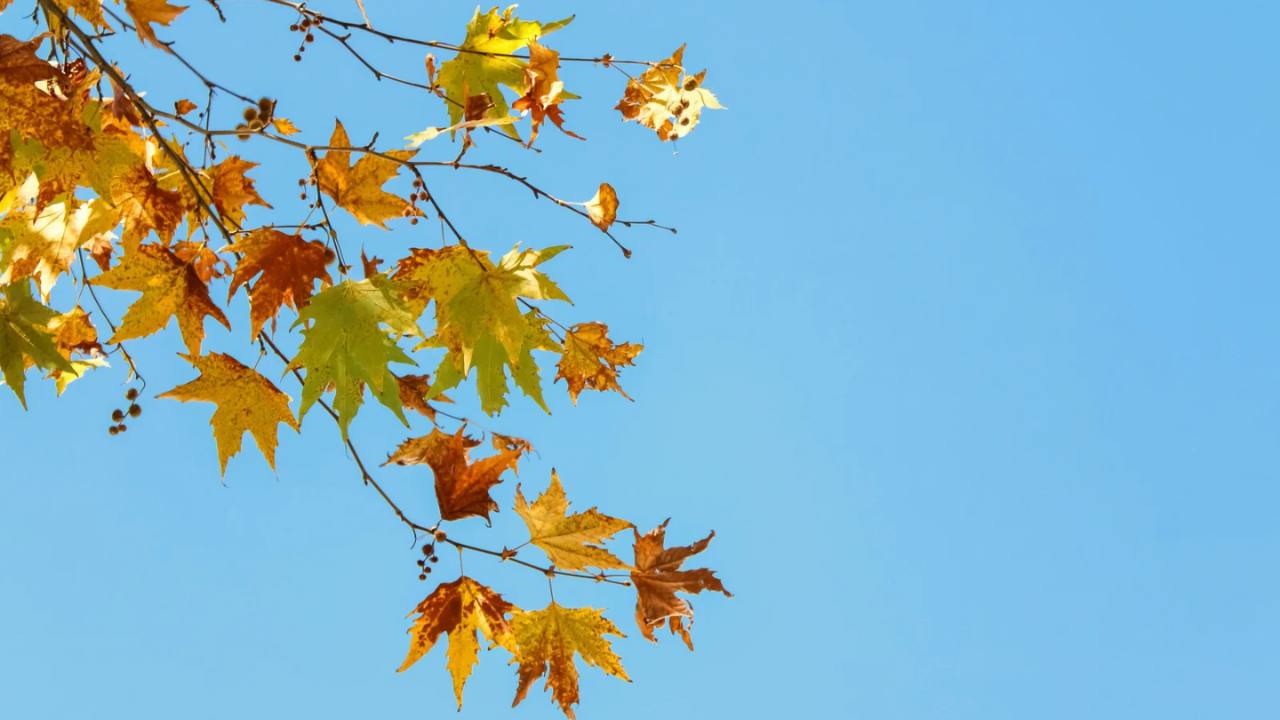三寒四温 Sankan Shion
三寒四温の候、みなさまいかがお過ごしでしょうか。
こんにちは!いろはです。今日はちょっと改まってお手紙を始めてみました。
A Season of "Three Cold Days and Four Warm Days"—How Have You Been?
Hello! This is Iroha. Today, I decided to start my newsletter in a more formal, letter-like style.
3月に入ってからの日本の天気はまさに「三寒四温」。今日はこの四字熟語をご紹介したいと思います。
Now that we’ve entered March, Japan’s weather perfectly reflects the phrase "三寒四温 (sankan shion)." Today, I’d like to introduce this four-character idiom to you.
「三寒四温」とは?
漢字が4つ続いている、いわゆる「四字熟語」ですが、この漢字、一つずつ意味わかりますか?「三」は3、「寒」は寒い、「四」は4、「温」は温かいですよね。
What Does "三寒四温" Mean?
This phrase is made up of four kanji characters (四字熟語, yojijukugo). Let’s break it down:
- 三 (san) → 3
- 寒 (kan) → Cold
- 四 (shi) → 4
- 温 (on) → Warm
そう、春に向かうこの季節は、3日寒い日が続いたら、4日温かい日が来る、一週間で寒くなったり暖かくなったり、を繰り返す、気温差が激しい時期です。この時期のことを「三寒四温」と言い表し、この言葉と共に私たちは、もうすぐ春が来るのだな、季節の変わり目だな、と感じています。
As the seasons shift towards spring, we experience a repeating pattern: three cold days followed by four warm days. The temperature fluctuates significantly within a week, alternating between chilly and mild days. This cycle is what we call "三寒四温 (sankan shion)," and for many of us in Japan, hearing this phrase reminds us that spring is just around the corner.
美しくも過酷な季節
実際は、寒暖差が激しいと体にも堪えますし、体調を崩しやすい時です。さらに近年は花粉が大量に舞い、花粉症に苦しめられている人も多いですね。
私も鼻がむずむずする程度ですが、体調には気をつけて、もうすぐきっと咲く桜の花を楽しみたいですね!
A Beautiful but Challenging Season
While this transition is a sign of spring’s arrival, the drastic temperature changes can be tough on the body, making people more susceptible to colds and fatigue. On top of that, in recent years, pollen levels have been soaring, causing many people to suffer from hay fever.
As for me, I only get a slight tickling sensation in my nose, but I’m still being careful about my health. I want to fully enjoy the cherry blossoms that will soon be in bloom!
ではまた!今週木曜日は「春分の日」です。お楽しみに。
いろは
See you again! This Thursday is Shunbun no Hi (Vernal Equinox Day)—stay tuned!
Iroha






Responses